One of the most joyful things about this time of year is watching butterflies flit from flower to flower, happily going about their day. Sadly, it’s a joy not to be taken for granted – 80% of butterfly species have declined since the 1970s and 2024 was one of the worst years on record for UK butterflies. It’s why we’ve declared a butterfly emergency and need your help more than ever before.
The biggest driver of decline for butterflies has been habitat loss to intensive agriculture, plantation forestry, and urban development. The use of chemical fertilisers and toxic pesticides, and damage to hedgerows and field margins have added to this. Add in increasingly extreme weather caused by climate change and the result is ongoing decline for our butterflies.
One way people can help is to take part in the Big Butterfly Count, which is the biggest citizen science project of its kind and helps conservationists understand how the UK’s butterflies are faring. In a changing climate especially, information about how butterflies are responding to extreme weather is vital in helping make conservation decisions to protect butterflies for future generations. All you need
to do is spend 15 minutes in any sunny spot and count the number and type of butterflies (and some day-flying moths) you see. You can download the free Big Butterfly Count app or visit bigbutterflycount.org to submit your results. You definitely don’t need to be an expert and can find lots of helpful information and a free spotter’s guide on both the app and website.
This year’s Big Butterfly Count runs until 10th August and you can take part as many times as you like. It is open to everyone in the UK – no green space is too small; a back garden, a small terrace or balcony with some pot plants, a public park, allotment, field, or country lane are all important places to explore, track, and report. And if you don’t see any butterflies during your 15 minute Count, please still report that to us – it’s just as important for the scientists to know where there aren’t any butterflies as where there are.
Dr Richard Fox is Head of Science at UK charity, Butterfly Conservation, where he’s spent over 25 years leading projects to better understand and protect the UK’s butterfly & moth populations.



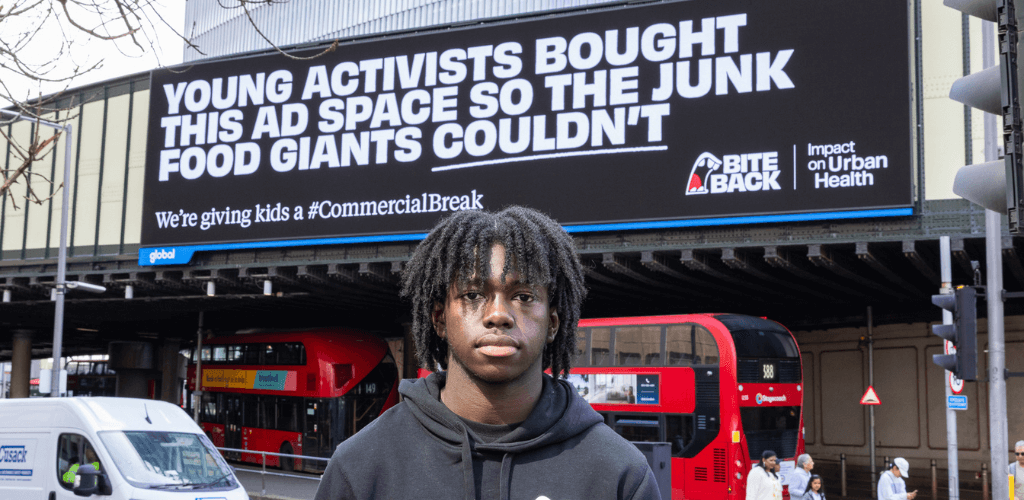

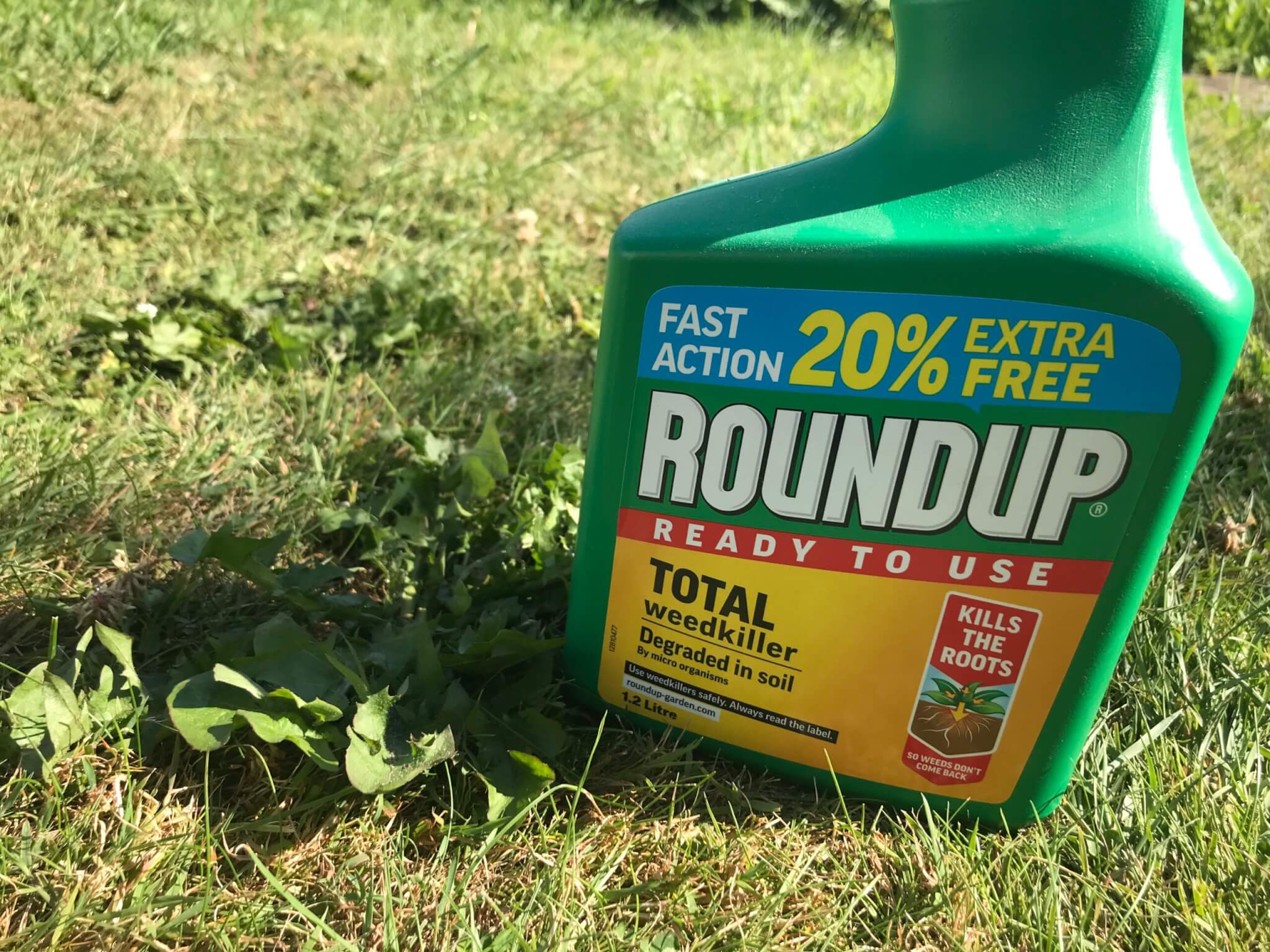

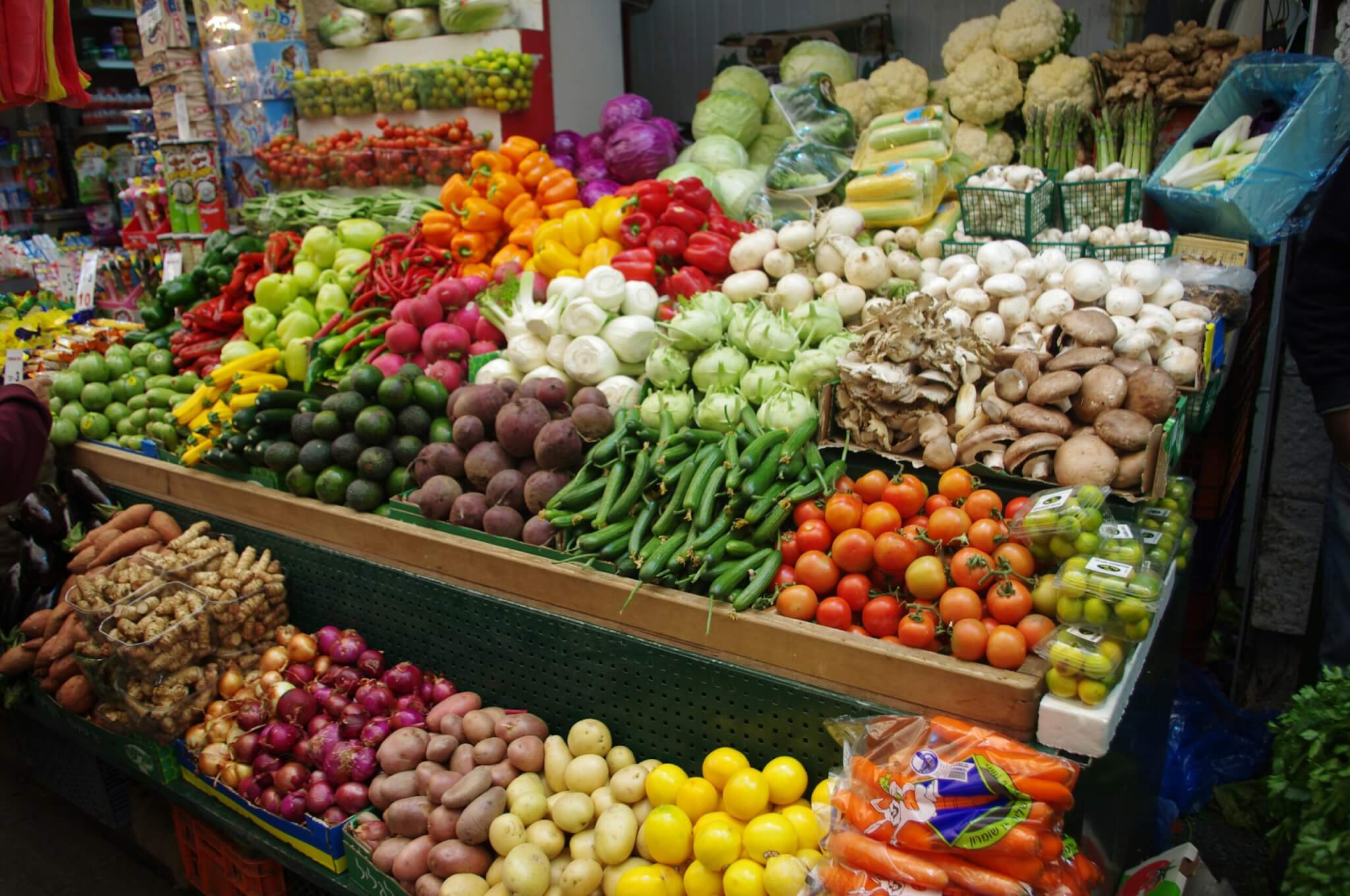



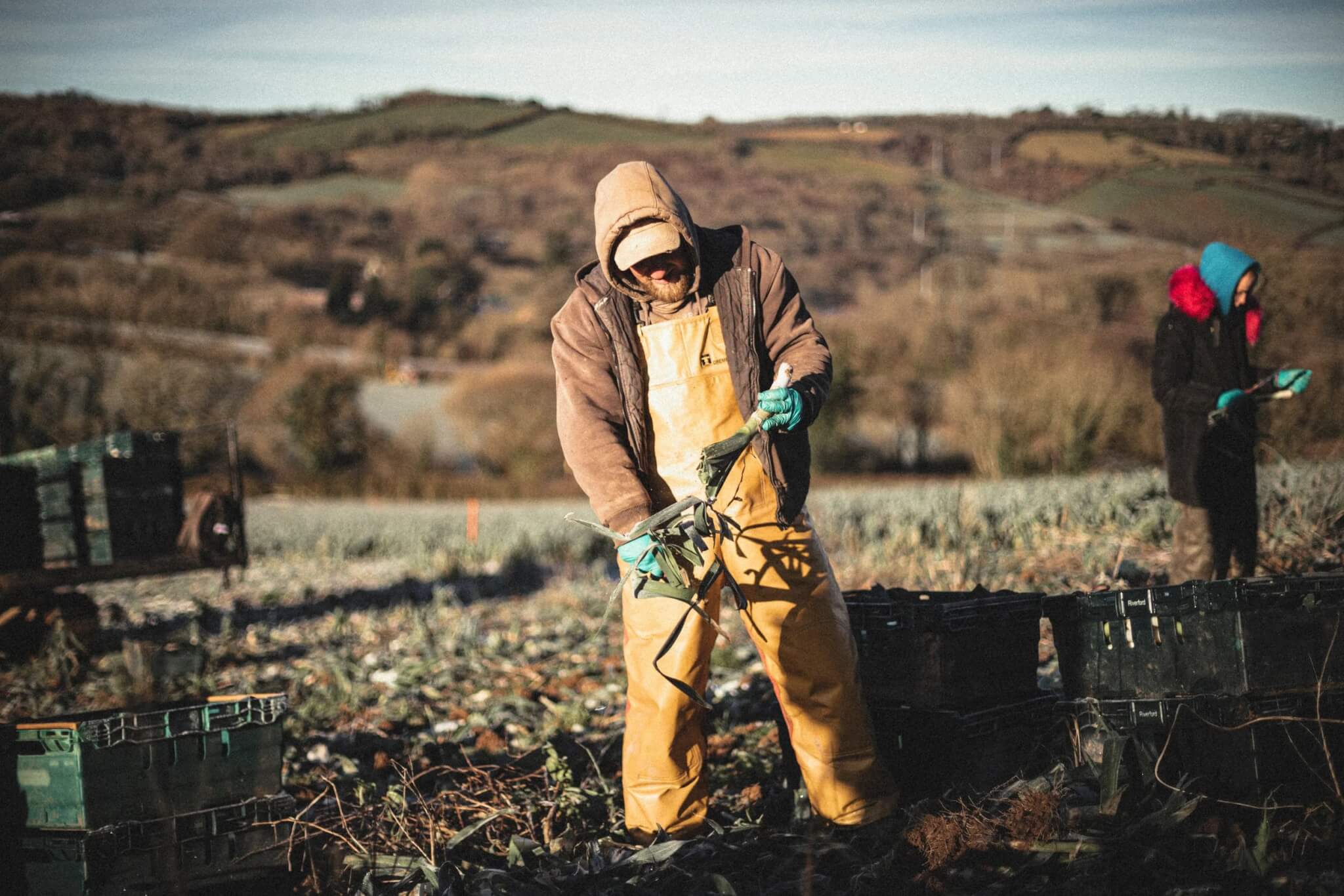
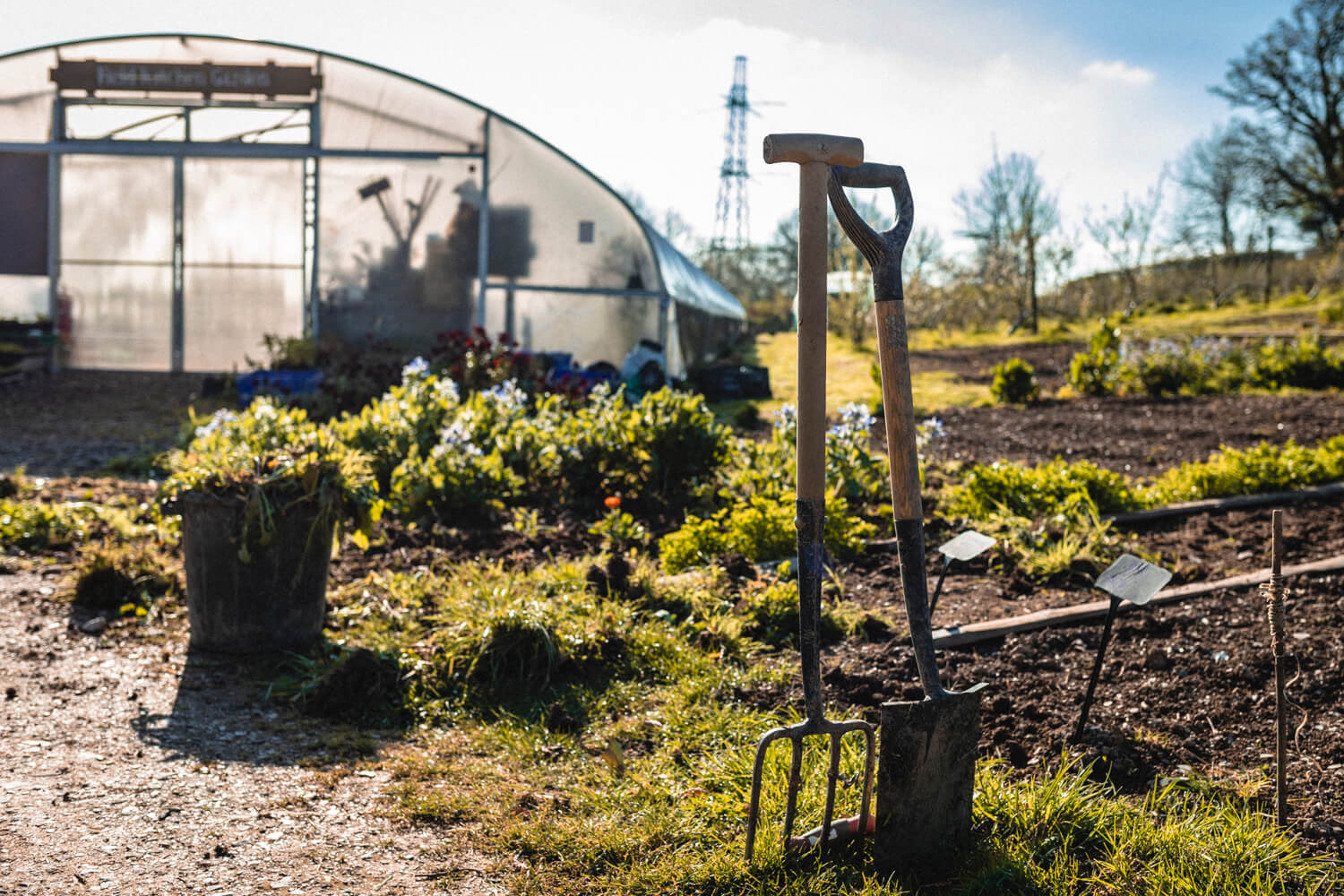
I’ve been doing the Big Butterfly Count. Apart from Observer Effect, where everything goes into hiding because it’s being watched; a couple of wet days, because School Holidays started this week; forgetting because general busyness one day; & a bit of difficulty logging in to the App – it seems to be going quite well.
But most of the butterflies I’m recording are Large or Small White ones. Next year, or even later this year, I want a proper Brassica Cage. The canes & old net curtains just don’t go high enough to accommodate Red Russian Kale plants. The Cavalo Nero, which was fairly ok til the other week, is now lacework as the Large White’s have found it & the caterpillars hatched. Ah well, thank goodness for the Riverford Veg Box.
Just one Q – why the photo of a non-native butterfly for this article?